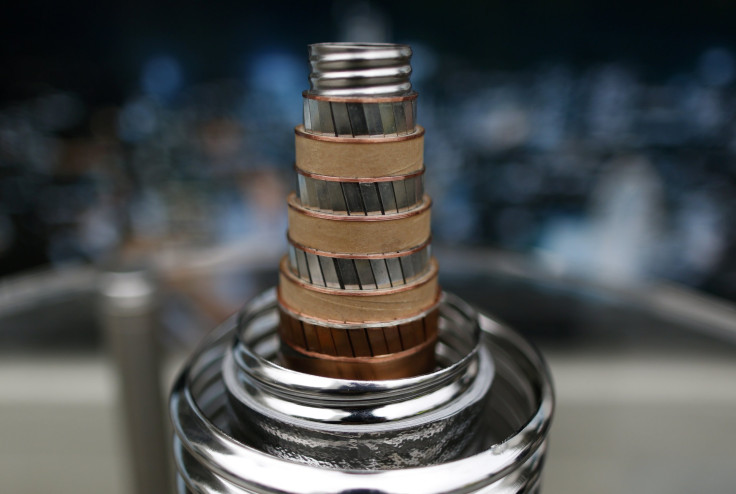Superconductivity In A Nonsuperconducting Material Achieved By Scientists In New Experiment

Superconductors — materials that can conduct electricity with zero resistance and thereby zero loss of energy — have a wide range of uses, the most well-known being their application in Magnetic Resonance Imaging machines. However, the potential of superconducting materials is limited by the fact that they need to be cooled down to nearly -270 degrees Celsius in order to function — something that requires a lot of energy and is therefore extremely expensive.
In a step toward overcoming this hurdle and making the use of superconductors a commercially viable exercise, researchers from the University of Houston announced Monday that they had successfully achieved superconductivity in a nonsuperconducting material — demonstrating, in the process, a concept that was first proposed back in the 1970s.
In order to test this concept, the researchers heated the nonconducting compound calcium iron arsenide to 350 degrees Celsius. After the compound was cooled, it formed two distinct phases. Using this technique, described in a study published in the Proceedings of the National Academy of Sciences, the physicists were able to induce superconductivity at the point when the two phases coexist — a region known as the interface — paving the way for creating superconductors that are capable of functioning at higher temperatures, and are also more efficient than the ones currently in use.
“One way that has long been proposed to achieve enhanced Tcs (critical temperature, or the temperature at which a material becomes superconducting) is to take advantage of artificially or naturally assembled interfaces,” the researchers wrote in the study. “The present work clearly demonstrates that high Tcsuperconductivity in the well-known non-superconducting compound CaFe2As2 (calcium iron arsenide) can be induced by antiferromagnetic/metallic layer stacking and provides the most direct evidence to date for the interface-enhanced Tc in this compound.”
Currently, the highest temperature we have achieved superconductivity at is -70 degrees Celsius, which is still too low for most commercial purposes. Although the process described in the new study only managed to achieve superconductivity at -248 degrees Celsius, researchers hope the method they used would serve as a proof of concept for creation of more efficient superconducting materials.
© Copyright IBTimes 2024. All rights reserved.






















